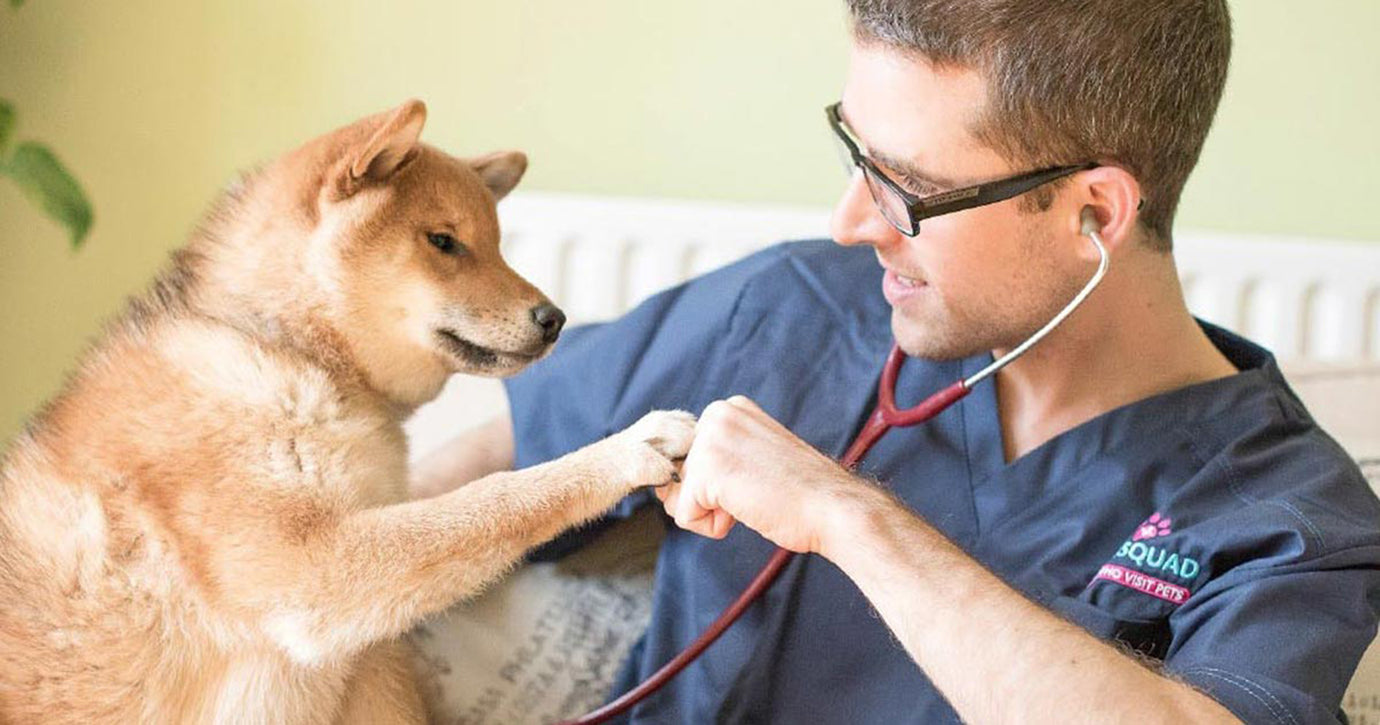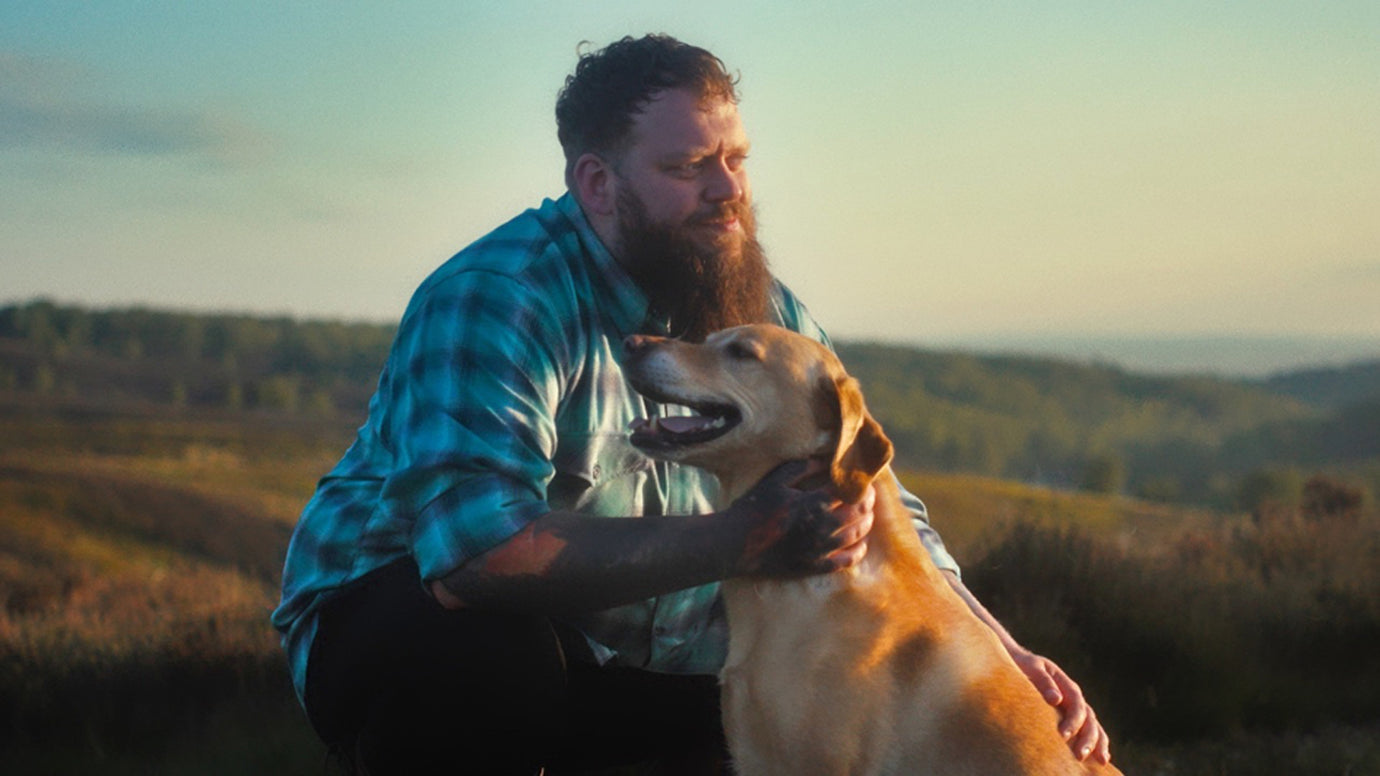Frightening felines! Why are black cats a Halloween symbol? Here's the history behind this spooky icon

At some point in time, the image of a black cat, hackles raised and eyes glowing, has become intimately associated with Halloween.
They certainly add an aura of mystique to the season, but why black cats? Read on to learn more about how black cats and Halloween have come to be associated and separate the facts from the spooky speculation.
The History of black cats and Halloween
The connection between black cats and Halloween is certainly not a new one. Stories of black cats, thought to be evil spirits, being sacrificed into fires during the celebration of the Lord of the Dead on October 31 can be found about 2,000 years back in Druid circles.
In the Middle Ages, it was a commonly held belief that witches could disguise themselves as black cats and these dark felines became associated with witchcraft. In fact, many witches in Europe were burned at the stake alongside their cat.
Black cat myths
As with any story that has such a long and coloured past, many superstitions and myths about black cats still linger today. Some of the more commonly heard black cat warnings include:
• It is bad luck for a black cat to cross your path
• Never turn your back on a black cat or you will be cursed
• A black cat on the bed of an ill person will bring death
• In Asia and the United Kingdom, black cats are considered good luck
• Black cats in truth are far from bad luck and evil. They are loving family friends, just like any other cat.
The realities and dangers of being a black cat
Being a black cat is no different than being any other colour cat. There are a few exceptions to this, however. The scariest of these exceptions is not the use of black cats for sacrifices and satanic rituals at Halloween. The scariest part of being a black cat is a phenomenon called Black Dog Syndrome.
Black Dog Syndrome refers to a pattern that many shelter workers and adoption volunteers have noticed over the years. Adopting black dogs and cats into new homes, no matter the time of year, is very difficult.
No one is sure exactly why black coloured pets are not as easily adopted to new families as other pets. Some theories include:
• They don’t photograph as well on adoption sites and flyers
• It is harder to discern their facial expressions and grow attached to their personality
• There are negative associations from the movies and media
• People are superstitiousWhile stories of black cats being sacrificed and otherwise tortured around Halloween abound, there is no substantial evidence that animal abuse is any greater then as opposed to any other time of the year. Many people, however, do acquire black kitties for the holiday as festive accessories. Many animal shelters choose not to adopt black cats out around Halloween time to prevent irresponsible pet owners from taking one home.
This Halloween, keep your cats safe by keeping them indoors. While abduction by a Satanic worshiper is probably not likely, busy streets and increased traffic can make for a scary and dangerous place for a cat. During trick-or-treating keep your cats locked up as well, lest they slip out the door. Halloween is a scary holiday for pets and people alike!
Black cats are just a wonderful and sweet as any other cat. If you are lucky enough to own one of these fantastic felines, surely you would attest to that. Next time you are considering adding a furry family member to your home, don’t forget the dark coloured ones. A black cat might be just the thing you need after all.
5 hair-raising facts about black cats
No member of catkind is more maligned than the black cat. At best, they're bemoaned as lacklustre photography subjects; at worst, they're seen as harbingers of really bad luck. But there's a lot to love about these fur-balls, as evidenced by the holidays in their honour - the ASPCA celebrates Black Cat Appreciation Day annually on August 17 and, across the pond, October 27 is National Black Cat Day - and the facts below.
1. In some cultures, black cats are good luck.
They may have a less-than-stellar reputation in some areas of the world, but there are plenty of places where black cats aren’t bad luck at all. If you’re a single lady in Japan, owning a black cat is said to increase your number of suitors; if you’re in Germany and one crosses your path from right to left, good things are on the horizon.
2. They're a sailor's best friend.
Not only were cats welcome aboard British vessels to hunt mice, but sailors generally thought a black cat in particular would bring good luck and ensure a safe return home. A few of these kitties have been enshrined in maritime history, like Tiddles, who travelled more than 30,000 miles during his time with the Royal Navy (his favourite pastime was playing with the capstan’s bellrope.)
3. There is no one black cat breed.
The Cat Fanciers’ Association (CFA) recognises 22 different breeds that can have solid black coats - including the Norwegian Forest Cat, Japanese Bobtail, and Scottish Fold - but the Bombay breed is what most people picture: a copper-eyed, all-black shorthair. The resemblance to a "black panther" is no coincidence. In the 1950s, a woman named Nikki Horner was so enamoured with how panthers looked that she bred what we now refer to as the Bombay.
4. Their coats can "rust."
A black cat’s colour all boils down to a genetic quirk. There are three variants of the black fur gene (solid black, brown, and cinnamon), and the hue works in conjunction with the pattern. If a cat has a solid black hue, but also the dominant tabby stripe gene, heavy exposure to the sun can make the eumelanin pigment in its fur break down to reveal its once-invisible stripes (another potential cause: nutritional deficiency). What was once a black cat is now a rusty brown cat.
5. You can visit a cat café devoted to black cats.
Step through the doors of Nekobiyaka in Himeji, Japan and get ready for your wildest cat lady dreams to come true. Black cats are the stars of this café and visitors are invited to pet (but not pick up) these lithe felines. Each of Nekobiyaka’s identical-looking black cats wears a different coloured bandana to resolve any catastrophic mix-ups.
(Article source: Billings Animal Family Hospital)




